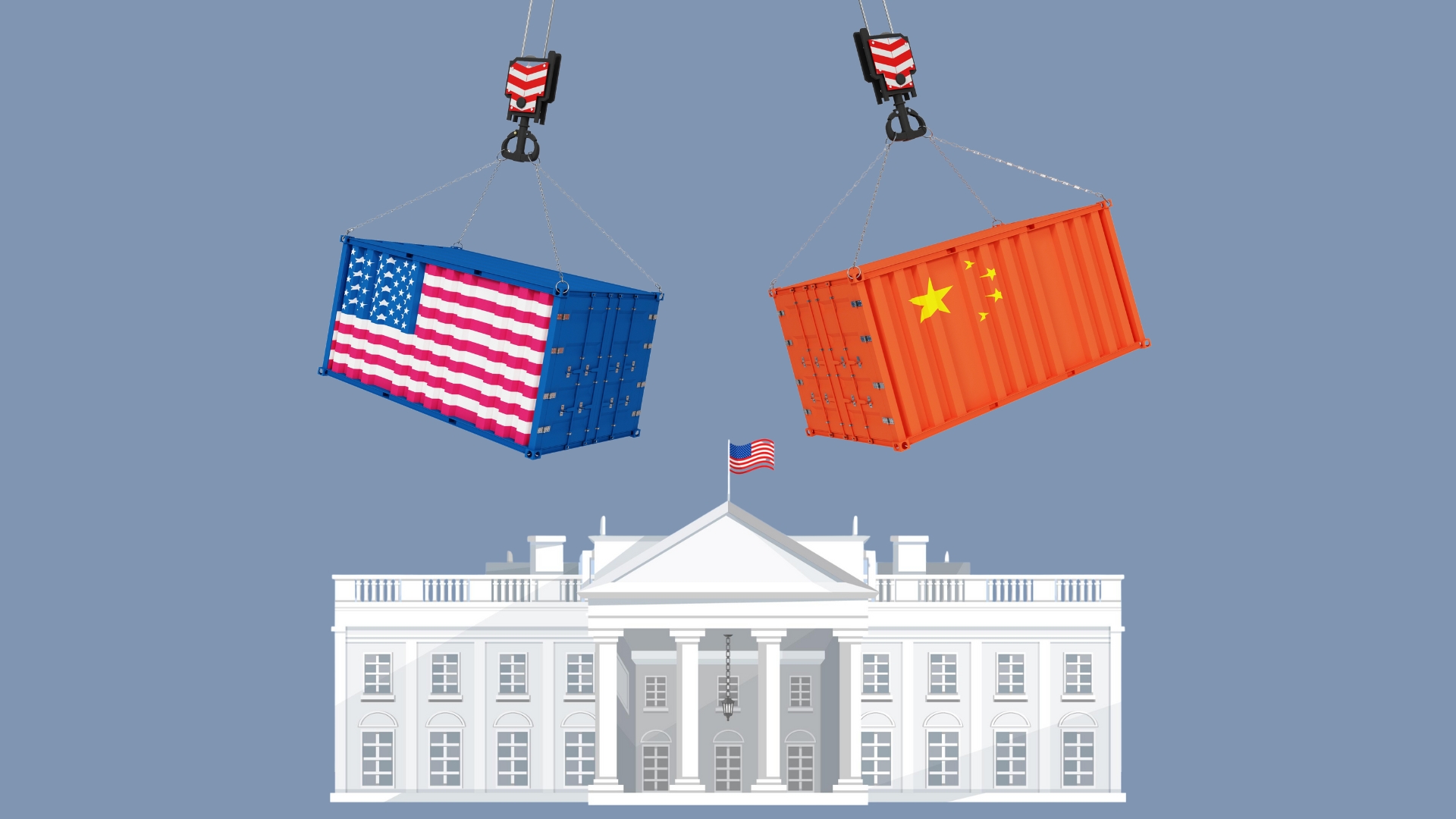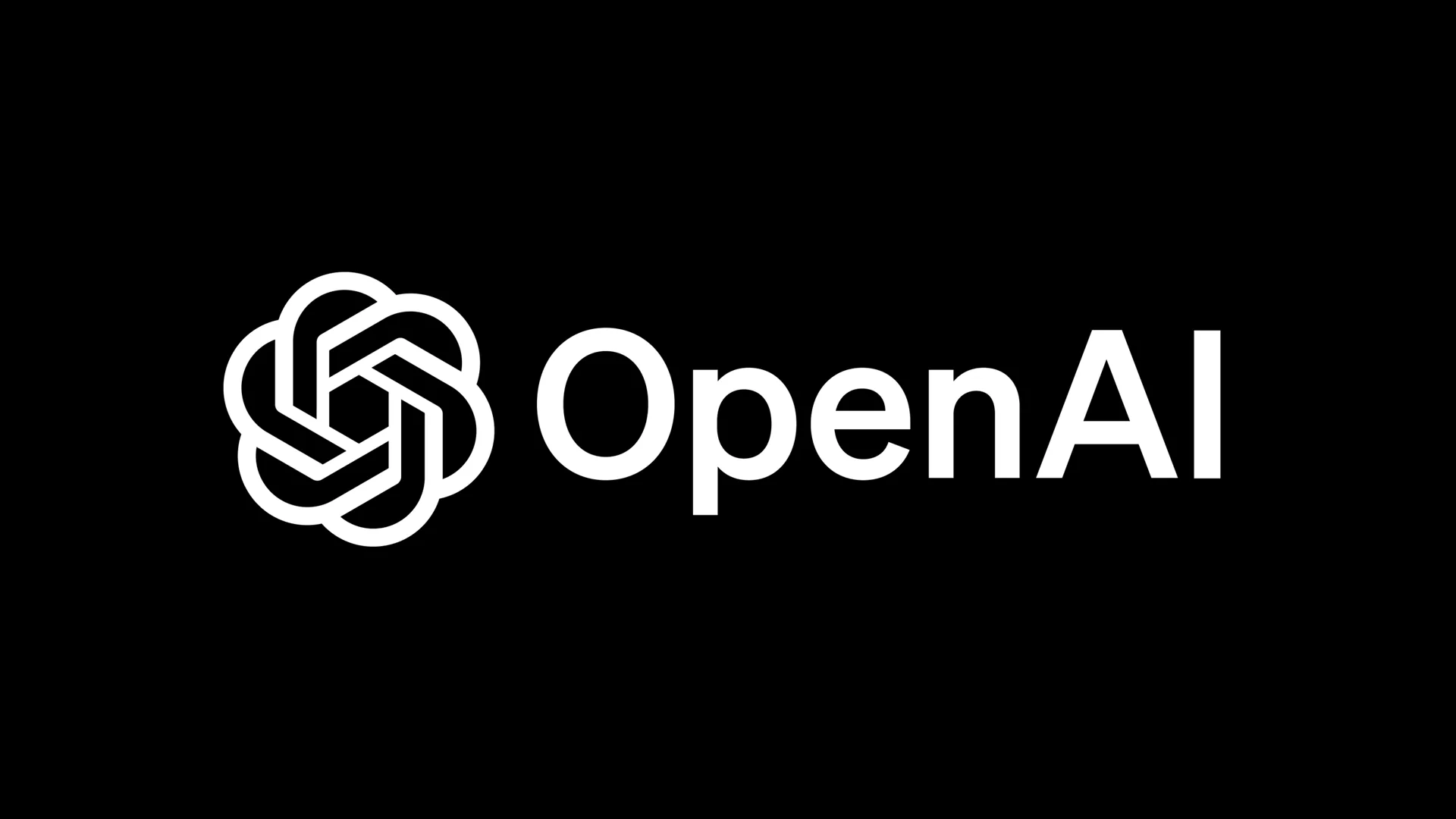AI export policy in Washington remains firm, with officials saying the most advanced Nvidia Blackwell chips will not be sold to China. A White House spokesperson confirmed the stance during a briefing. The position follows weeks of speculation about scaled-down variants.
Senior economic officials floated the possibility of a shift later, citing the rapid pace of chip development. If Blackwell quickly becomes superseded, future sales could be reconsidered. Any change would depend on achieving parity in technology, licensing, and national security assessments.
Nvidia’s chief executive signalled hope that parts for Blackwell family products could be supplied from China, while noting there are no current plans to do so. Company guidance emphasises both commercial and research applications. Analysts say licensing clarity will dictate data centre buildouts and training roadmaps.
Policy hawks argue that cutting-edge accelerators should remain in US allied markets to protect strategic advantages. Others counter that export channels can be reopened once hardware is no longer state-of-the-art. The debate now centres on timelines measured in product cycles.
Diplomatic calendars may influence further discussions, with potential leader-level meetings next year alongside major international gatherings. Officials portrayed the broader bilateral relationship as steadier. The industry will track any signals that link geopolitical dialogue to chip export regulations.
Would you like to learn more about AI, tech, and digital diplomacy? If so, ask our Diplo chatbot!










